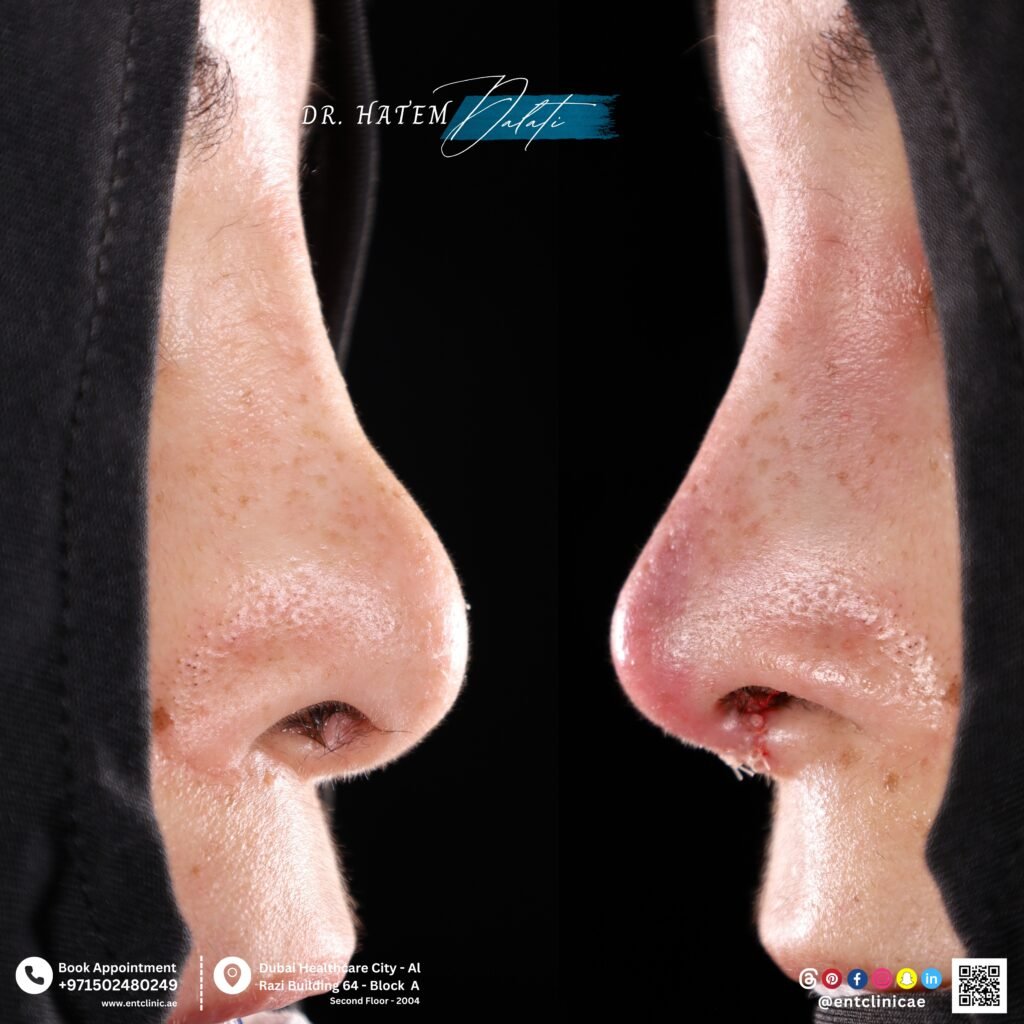
What to Expect During a Revision Rhinoplasty Consultation and How to Choose the Right Surgeon
Revision rhinoplasty is a complex but rewarding procedure designed to correct or improve the results of a previous nose surgery. Whether you’re unhappy with the appearance of your nose or struggling with breathing difficulties after your first operation, revision rhinoplasty can help address these concerns. However, choosing the right surgeon and knowing what to expect during your consultation are crucial steps to achieving the best possible outcome.
If you’re considering revision rhinoplasty in Dubai, here’s a detailed guide to help you prepare for your consultation and select the right surgeon.
What Happens During a Revision Rhinoplasty Consultation?
Your initial consultation is an important opportunity for you and your surgeon to fully understand your needs and create a tailored plan. Here’s what typically happens:
1. Medical History & Review of Previous Surgery
Your surgeon will discuss your medical history and details about your first rhinoplasty, including:
- Your goals and expectations from the initial surgery
- Any complications or ongoing concerns, like breathing problems or dissatisfaction with appearance
- How your healing process has been so far
This helps the surgeon evaluate your individual case and determine the best approach for your revision rhinoplasty.
2. Physical Examination
A thorough examination of your nose follows, assessing:
- External features such as shape, symmetry, and any visible scars
- Internal structures to check for issues like septal deviation or nasal valve collapse
- Skin and tissue quality that may affect surgery
This step is crucial to understand what changes are necessary and whether revision surgery is appropriate.
3. Discussion of Your Goals
Clear communication about your aesthetic and functional goals is key. You and your surgeon will discuss:
- What changes are realistically achievable
- Possible limitations or risks, especially since revision surgery is more complex
- How the procedure can improve both the look and function of your nose
This conversation helps set expectations and ensures everyone is aligned on the desired outcome.
4. Surgical Plan Outline
Your surgeon will present a detailed plan, including:
- Specific corrections needed, like reshaping the tip or improving airflow
- Whether cartilage grafts or other materials are needed for support
- The estimated recovery timeline and post-op care instructions
- Whether other specialists will be involved
This personalized plan is tailored to your unique needs.
5. Risks, Benefits & Costs
Your surgeon will explain:
- Potential risks such as infection, scarring, or the need for further revisions
- The benefits of the surgery, including improved appearance and breathing
- The overall cost, including surgeon fees, facility charges, and insurance coverage if applicable
This discussion helps you make an informed decision about moving forward.
How to Choose the Right Surgeon for Your Revision Rhinoplasty in Dubai
Choosing an experienced surgeon is one of the most important steps in revision rhinoplasty success. Here are some tips to find the best specialist:
1. Look for Expertise in Revision Rhinoplasty
Not all surgeons have the experience needed for revision cases, which are more complicated than primary surgeries. Choose a surgeon who:
- Specializes in rhinoplasty and revision procedures
- Has a strong track record of successful outcomes in both aesthetics and function
- Is an ENT consultant or facial plastic surgeon familiar with nasal anatomy
2. Review Before-and-After Photos
Seeing previous patients’ results, especially revision cases, can help you evaluate a surgeon’s skill. Look for natural, balanced outcomes and improvements similar to what you want.
3. Read Patient Reviews
Patient testimonials provide insight into the surgeon’s professionalism, communication, and care during recovery.
4. Check Board Certification
Ensure your surgeon is board-certified in otolaryngology (ENT) or facial plastic surgery, which guarantees high training standards.
5. Prioritize Clear Communication
Your surgeon should listen to your concerns, provide honest feedback, and clearly explain risks and benefits. A good surgeon helps you feel confident and informed.
Final Thoughts from Dubai’s ENT Clinic of Excellence
Revision rhinoplasty requires advanced skill and experience, making your choice of surgeon crucial. At our ENT clinic of excellence in Dubai, our expert ENT consultant specializes in revision rhinoplasty, ensuring personalized care and realistic expectations.
If you’re considering revision rhinoplasty, book your consultation with us today. We’re here to help you achieve the best functional and aesthetic results for your nose.